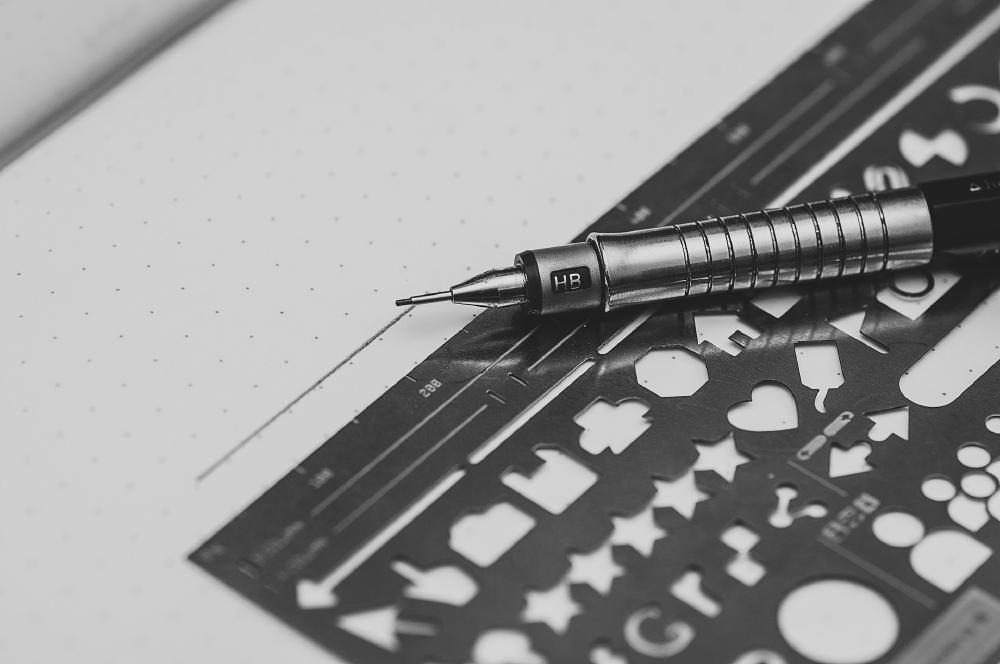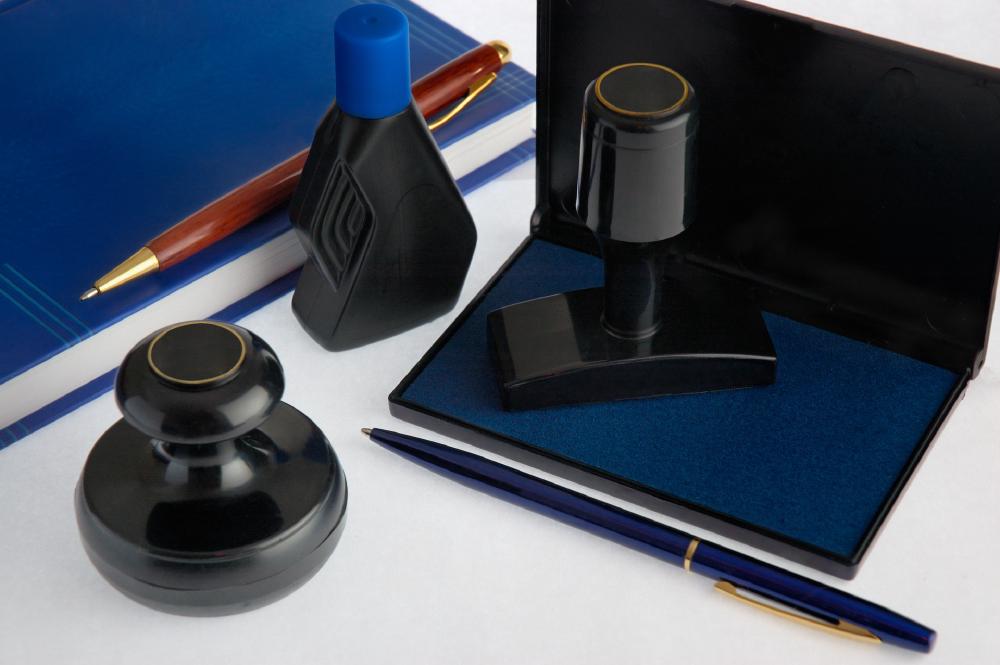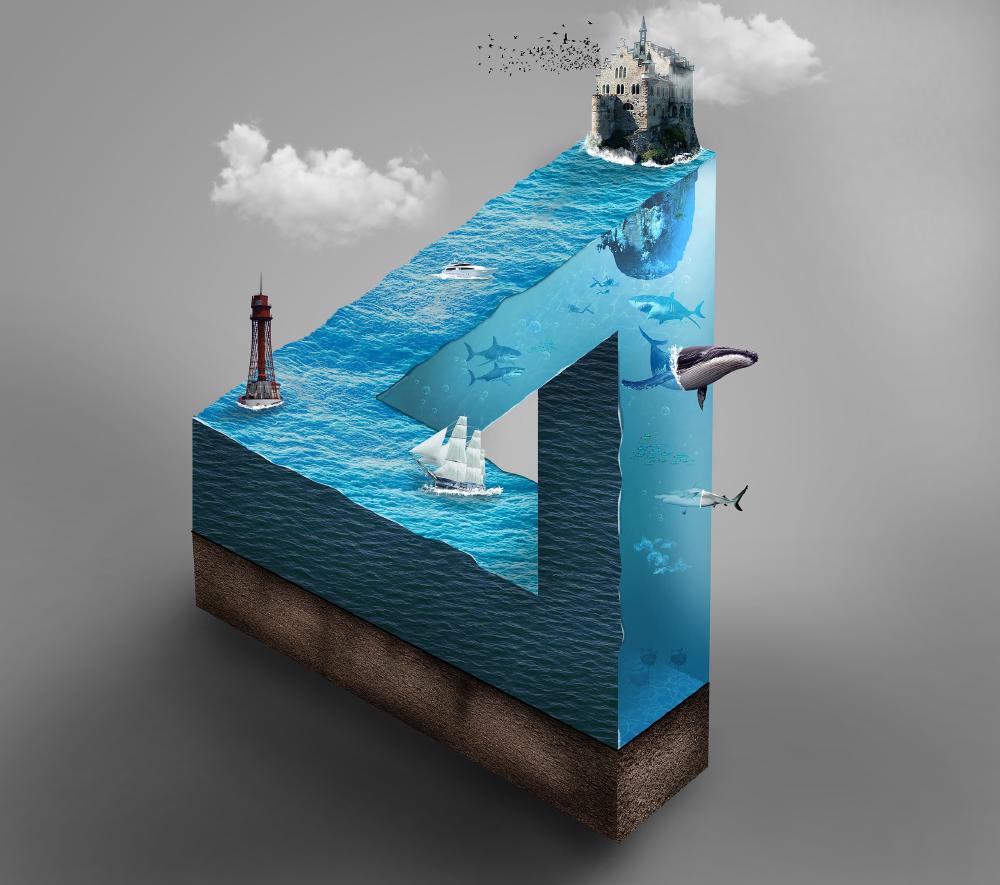A circle is a simple closed shape. It is the set of all points in a plane that are at a given distance from a given point, the centre; equivalently it is the curve traced out by a point that moves in a plane so that its distance from a given point is constant. The distance between any of the points and the centre is called the radius. This article is about circles in Euclidean geometry, and, in particular, the Euclidean plane, except where otherwise noted.

Building Squares
In geometry, a square is a regular quadrilateral, which means that it has four equal sides and four equal angles (90-degree angles, or (100-gradian angles or right angles). It can also be defined as a rectangle in which two adjacent sides have equal length. A square with vertices ABCD would be denoted ◻ ABCD.
Characterizations
A convex quadrilateral is a square if and only if it is any one of the following
- a rectangle with two adjacent equal sides
- a rhombus with a right vertex angle
- a rhombus with all angles equal
- a parallelogram with one right vertex angle and two adjacent equal sides
- a quadrilateral with four equal sides and four right angles
- a quadrilateral where the diagonals are equal and are the perpendicular bisectors of each other, i.e. a rhombus with equal diagonals
- a convex quadrilateral with successive sides a, b, c, d whose area is A = 1/2(a2 + c2) = 1/2(b2 + d2)
Properties
A square is a special case of a rhombus (equal sides, opposite equal angles), a kite (two pairs of adjacent equal sides), a trapezoid (one pair of opposite sides parallel), a parallelogram (all opposite sides parallel), a quadrilateral or tetragon (four-sided polygon), and a rectangle (opposite sides equal, right-angles) and therefore has all the properties of all these shapes, namely:
- The diagonals of a square bisect each other and meet at 90°
- The diagonals of a square bisect its angles.
- Opposite sides of a square are both parallel and equal in length.
- All four angles of a square are equal. (Each is 360°/4 = 90°, so every angle of a square is a right angle.)
- All four sides of a square are equal.
- The diagonals of a square are equal.
- The square is the n=2 case of the families of n-hypercubes and n-orthoplexes.
- A square has Schläfli symbol. A truncated square, t, is an octagon. An alternated square, h, is a digon.
Other facts
- A square can also be defined as a parallelogram with equal diagonals that bisect the angles.
- If a figure is both a rectangle (right angles) and a rhombus (equal edge lengths), then it is a square.
- If a circle is circumscribed around a square, the area of the circle is π / 2 (about 1.5708) times the area of the square.
- If a circle is inscribed in the square, the area of the circle is π / 4 (about 0.7854) times the area of the square.
- A square has a larger area than any other quadrilateral with the same perimeter.
- A square tiling is one of three regular tilings of the plane (the others are the equilateral triangle and the regular hexagon).
- The square is in two families of polytopes in two dimensions: hypercube and the cross-polytope.
- The square is a highly symmetric object. There are four lines of reflectional symmetry and it has rotational symmetry of order 4 (through 90°, 180° and 270°). Its symmetry group is the dihedral group D4.
Content from wikipedia




